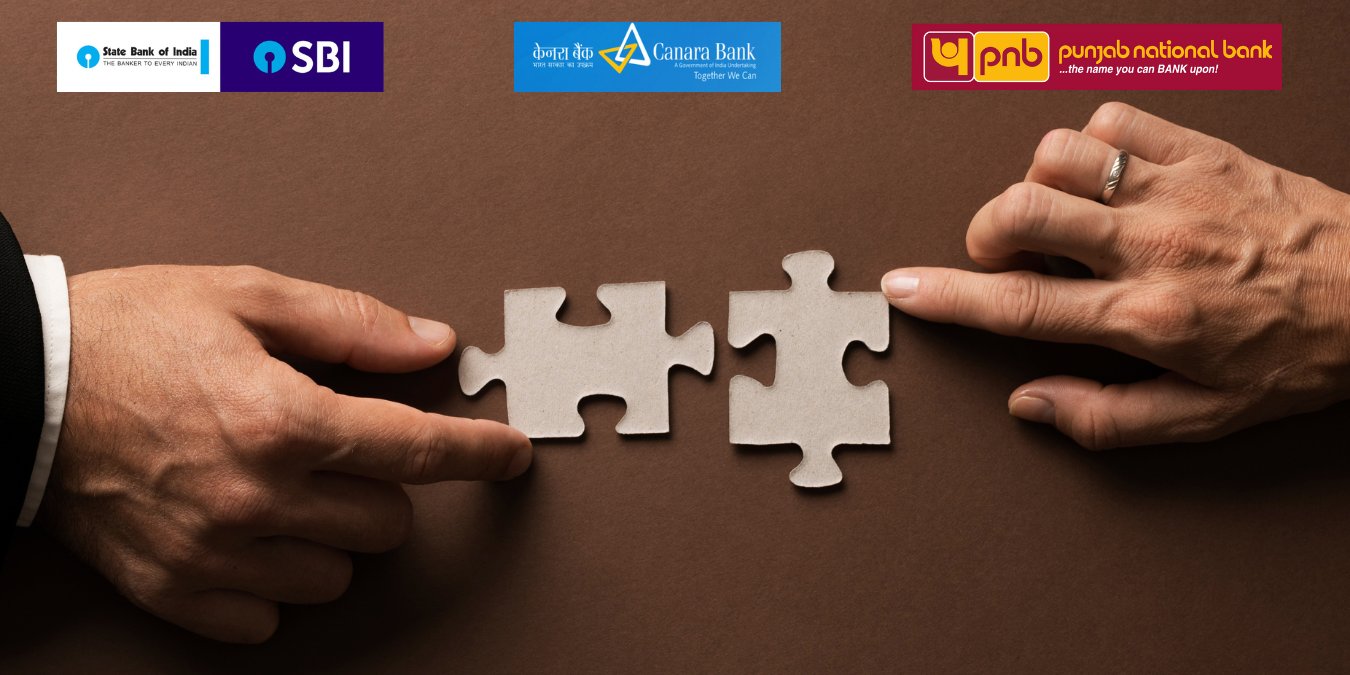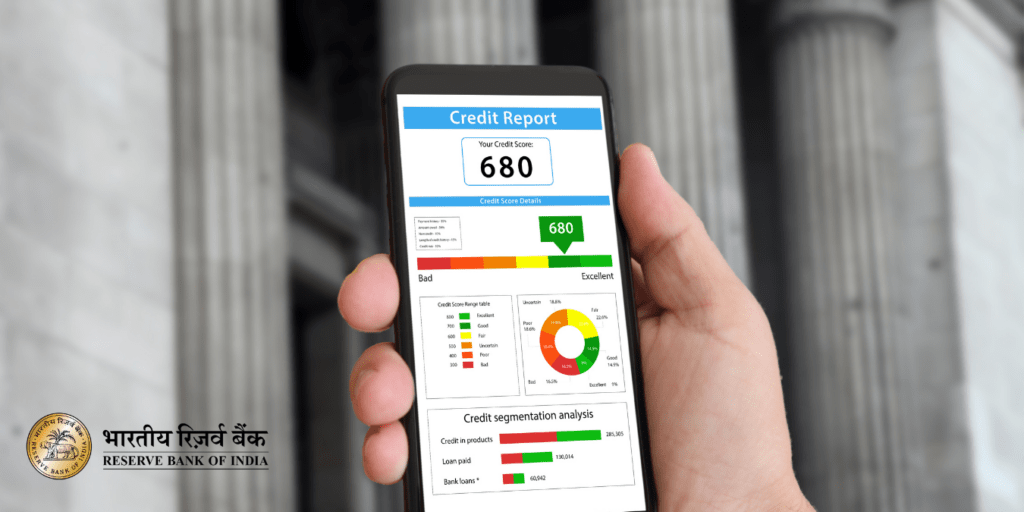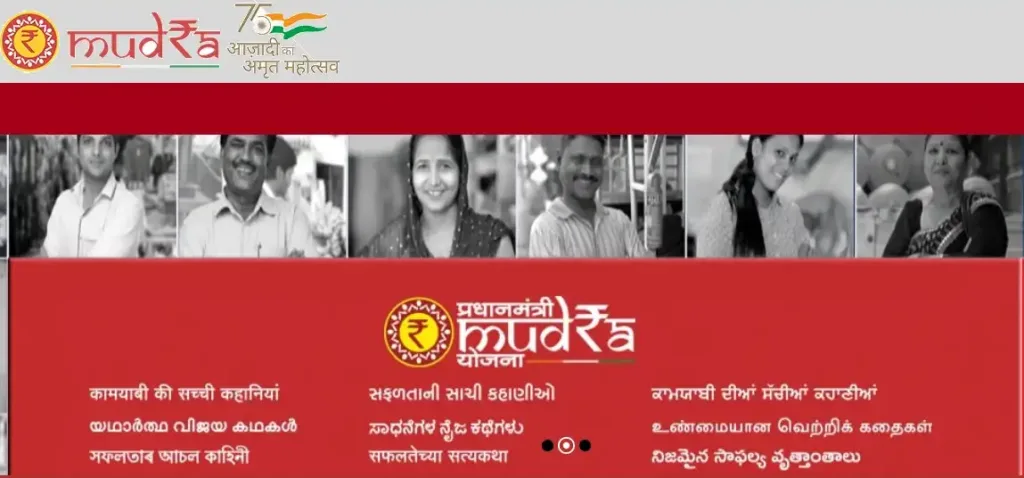
Govt Plans Major PSB Bank Merger: How India’s Public Sector Banks Restructure into 3 Groups 2025!
Explore India’s bold plan to merge Public Sector Banks into 3 major groups—SBI, Canara, and PNB—in 2025. Understand how this major banking restructuring impacts customers, lending, and the future of banking in India. Get the latest insights now!
India is witnessing a seismic shift in its banking landscape, with public sector banks (PSBs) on the verge of a historic restructuring. The latest government and RBI plan aims to reorganize all PSBs into three powerful “bank groups.” This move isn’t just about size—it’s about creating smart, future-ready institutions that rival global banking giants and change how millions of Indians bank daily. If you’re wondering how this shock move will impact your money, jobs, and financial choices in October 2025, this engaging, reader-first article will decode every hidden angle—plus reveal why these changes matter now more than ever.
Unveiling the Plan: A New Era for Indian PSBs
India’s “Viksit Bharat” (Developed India) vision demands big, bold reforms. Enter the restructuring of PSBs: Instead of further mergers, the government’s secret weapon is grouping these banks for global competitiveness and operational strength. Here’s the future layout:
- SBI Group: State Bank of India + Bank of Maharashtra + UCO Bank + Punjab & Sind Bank
- Canara Bank Group: Canara Bank + Union Bank of India + Indian Bank + Bank of India
- PNB Group: Punjab National Bank + Bank of Baroda + Central Bank of India + Indian Overseas Bank
This fresh strategy marks a stunning departure from past merger waves. Unlike the old “merge and shrink” approach, 2025’s plan is about smart growth, technology, and resilience.
Stats to Support the Restructuring Claims
Here are three timely data points/statistics supporting the PSB restructuring claims in India (October 2025 context):
- Branch Network Scale: As of 2025, the combined branch network of the three new PSB groups is massive, with SBI Group operating around 30,000 branches, PNB Group approximately 28,000 branches, and Canara Bank Group about 25,000 branches nationwide, ensuring extensive reach to urban and rural customers alike.
- Market Share Growth: Public Sector Banks increased their market share in lending segments in FY 2025 despite slower overall credit growth. PSBs leveraged their balance sheets more prudently compared to private banks, emerging as leaders especially in retail credit such as housing loans.
- Gross Non-Performing Assets (NPA) Reduction: The gross NPA ratio for PSBs dramatically improved, dropping from 9.11% in March 2021 to a low of 2.58% by March 2025, reflecting successful government and RBI measures toward cleaning up stressed assets and improving financial discipline.
These data points illustrate how the strategic consolidation into three major PSB groups leverages scale, strengthens balance sheets, and builds on recent performance gains to create “Future-ready” banks for India.
Why Now? The Secret Logic Behind the Restructuring
India’s banking reforms have always responded to global and domestic shocks. The RBI and government know that complacency is a killer—even as PSB profits hit record highs and NPAs (bad loans) plummet to historic lows (2.11% in March 2025).
But hidden risks—like cyber threats, climate shocks, shifting trade patterns, and customer expectations—mean Indian banks must get smart and future-ready. The Government’s shocking new grouping aims to:
- Build two to three globally competitive banks that can crack the top 20 in global rankings.
- Ensure capital buffers and predictive risk management for long-term growth.
- Ramp up technology, AI, and digital innovation.
- Support MSMEs, agriculture, and rural customers with stronger outreach.
- Create hidden opportunities for investment, jobs, and innovation.
Real-World Impact: Jobs, Money, Banking Experience
Every Indian—whether a student, entrepreneur, employee, or retiree—will feel the effects of this restructuring in quick, tangible ways. Here’s how these changes will reshape everyday financial life:
- Banking Jobs & Careers: The creation of three mega groups means new roles in tech, analytics, and customer service, even as traditional positions evolve. Openings for private sector talent—never seen before—bring a shock wave of competition and reform.
- Customer Experience: Expect better service, faster tech, and more personalized offerings. Past mergers have shown that operational hiccups are temporary—modern integration means smoother banking for millions.
- Branch Access: While rationalization is possible, rural coverage and financial inclusion remain key priorities. India’s PSBs are set to expand—not contract—in regional and underserved markets.
- Digital Future: AI-driven predictive analytics, mobile-first platforms, and smart banking innovations will get a boost. Your savings, loans, and investments are set to become more accessible and secure.
- Hidden Opportunities: For investors, PSB stock performance has already soared thanks to consolidation. Now, even greater returns may lie ahead—if India’s banks crack the global top ranks.
Trending Insights: October 2025 Context
Banks in India are riding a record profit wave—₹1.78 lakh crore cumulative for PSBs in FY25, up 26% from last year. The Manthan 2025 summit (September-October) showcased optimism for organic growth rather than forced mergers. Experts see this restructuring as India’s smart answer to global uncertainty and digital disruption.
Even as protests brew (the United Forum of Bank Unions has voiced strong opposition), consumers and markets expect better governance, transparency, and innovation from grouped PSBs in the post-2025 era.
Behind the Scenes: Why “Grouping” Beats “Merging”
Earlier consolidations delivered operational efficiency and stability, but high integration costs and temporary customer pain points remained. This time, the RBI and government want PSBs to compete globally through synergy—not just size.
Key differences in 2025’s grouping plan:
- No abrupt branch closures. Instead, smart rationalization preserves and enhances service.
- Talent from private sector flows in, accelerating innovation.
- Emphasis on technology partnership and AI adoption.
- Stronger risk and capital management to weather future shocks.
Bank Group Profiles: Strengths, Strategy, and Future Potential
| Bank Group | Banks Included | Strengths (2025) | Growth Focus | Power Takeaway |
| SBI Group | SBI, Bank of Maharashtra, UCO Bank, Punjab & Sind Bank | Largest market cap, deep rural network, global expansion | Tech innovation, MSMEs, agri lending | “Smart, scalable, trustworthy” |
| Canara Bank Group | Canara Bank, Union Bank of India, Indian Bank, Bank of India | Diversity of markets, strong urban/rural coverage | Integration, service upgrade, SME focus | “Quick, future-ready, resilient” |
| PNB Group | PNB, Bank of Baroda, Central Bank of India, Indian Overseas Bank | Extensive branch network, credit expansion | Asset quality, NRI banking, digital growth | “Hidden champion, reliable, innovative” |
Emotional Triggers: Stories That Matter
Picture Rani, a small business owner in Nagpur, who used to queue at different PSBs for loans and service. Thanks to restructuring, her choices grow—faster loan approval from her new group, plus tech-savvy solutions for her shop. Or Ajay, a young graduate in Chennai, now applying for top PSB jobs with tech-driven profiles rather than traditional banking skills. Tens of thousands of stories like these drive real value and curiosity across India’s banking map.
Quick Take: Winners and Challenges
Winners:
- Urban and rural customers enjoy wider access and smarter banking.
- Bank employees see new opportunities for career growth.
- Investors get exposure to potentially globally competitive stocks.
Challenges:
- Early integration pain for systems and branches.
- Opposition from labor unions and concerns over job rationalization.
- Risk of initial confusion for consumers as PSBs regroup.
What’s Next? The Secret to Future-Proof Banking
This isn’t just a plan—it’s a vision for India’s banking future. By 2047, at least two Indian PSB groups aim to rank in the global top 20, driven by scale, technology, and smart governance.
Expect more data-driven banking, an explosion in digital finance, and hidden new products and services tailored to Indian needs. The RBI’s focus on strong capital and predictive risk management means greater safety for savers and borrowers.
Key Takeaways: Scannable Summary
- India’s PSBs are being shockingly reorganized into three mega bank groups led by SBI, Canara, and PNB.
- The grouping focuses on smart growth—technology, capital buffers, and future-proofing, not forced mergers.
- Customers will enjoy faster digital banking and wider reach, while investors may benefit from global competitiveness.
- The move triggers both excitement and anxiety—jobs will change, and protests from bank unions signal resistance.
- By 2047, India could see two or more PSB groups join the world’s top 20 banks, transforming global perception.
Final Thought
India’s breathtaking PSB reform is more than a headline; it’s a fast-unfolding drama with game-changing stakes. As three mega bank groups prepare to rewrite financial history, millions of Indians stand on the brink of a smarter, more secure, and globally competitive banking era. Yet, the real secret lies beneath the surface: How will ordinary customers, savvy investors, and aspiring professionals navigate the coming changes? Will your money, career, and choices unlock advantages you never imagined—or face hidden challenges? As October 2025 sets the stage for shock waves and smart moves, only one thing is certain: This is the future of banking, reimagined for every Indian. Are you ready to discover the hidden winners, quick opportunities, and secret strategies within your new PSB group? The next chapter could be the most powerful—and most surprising—story in Indian banking yet.
Disclaimer: The use of any third-party business logos in this content is for informational purposes only and does not imply endorsement or affiliation. All logos are the property of their respective owners, and their use complies with fair use guidelines. For official information, refer to the respective company’s website.





























